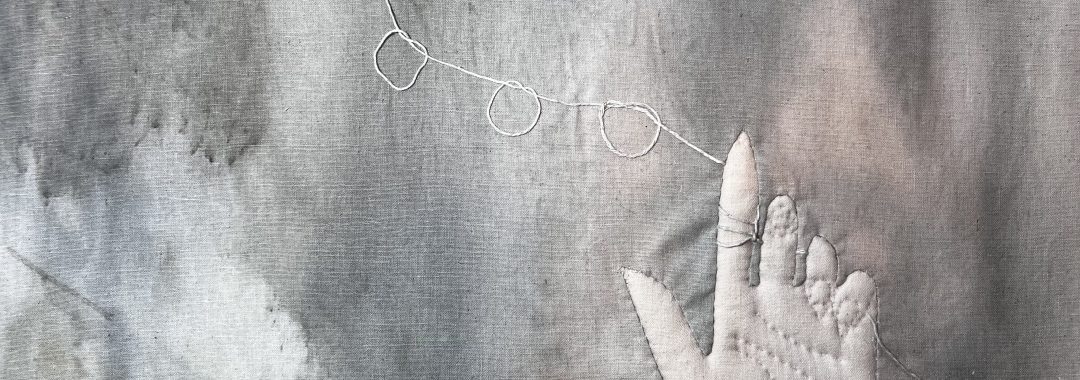Kesäkuun Gjutars-residenssitaiteilija on Reykjavikissa asuva Christalena Hughmanick. Hänen String figures for(e)casting -näyttelynsä teokset on tehty mm. luonnosta löytyneillä materiaaleilla värjäämällä, käsinommellen ja makramee-tekniikalla.
This exhibition looks at knot tying practices that have been used for magic, play and physical healing. The child’s game of making string figures on the hands was used both to predict the future and cast spells in ancient folk traditions. Also found in the field of medicine, the earliest known account of a string figure is found in the 100 AD monograph about surgical knots by Greek Physician Heraklas. Examples of specific knots depicted in the works here were known to help a woman breastfeed, cause impotence in a cheating husband or cure muscle cramps in humans and animals throughout Central Europe and Scandinavia.
Works use techniques of natural dyeing, hand stitching and macrame. Materials have been sourced from Icelandic nature (dandelions, lupine, rowan tree berries and chlorophyll) as well as Finland (lupine, pink granite and various flowers) through a walking and foraging practice. These are boiled with rusted objects washed ashore from the sea to create site specific pigments and non-repeatable patterns on cloth. The artist used her one month residency at Gjutars to complete this body of textile works that links the two countries.
Theoretical threads of cultural anthropology, ecofeminism and hydrofeminism contextualize the work while it ties the artist's body to various forms of ecology. Her practice can be seen as a form of alchemy in which ordinary materials are transformed into gold. Around the potent time of midsummer, this exhibition aims to shine light on the threads that tie women to creation, guided by the Finnic shamanism belief that nature has the answers to all questions.
Opening on Thursday 27th of June from 5 to 7 p.m. Welcome!
Avajaiset torstaina 27.6. klo 17-19, lämpimästi tervetuloa!
